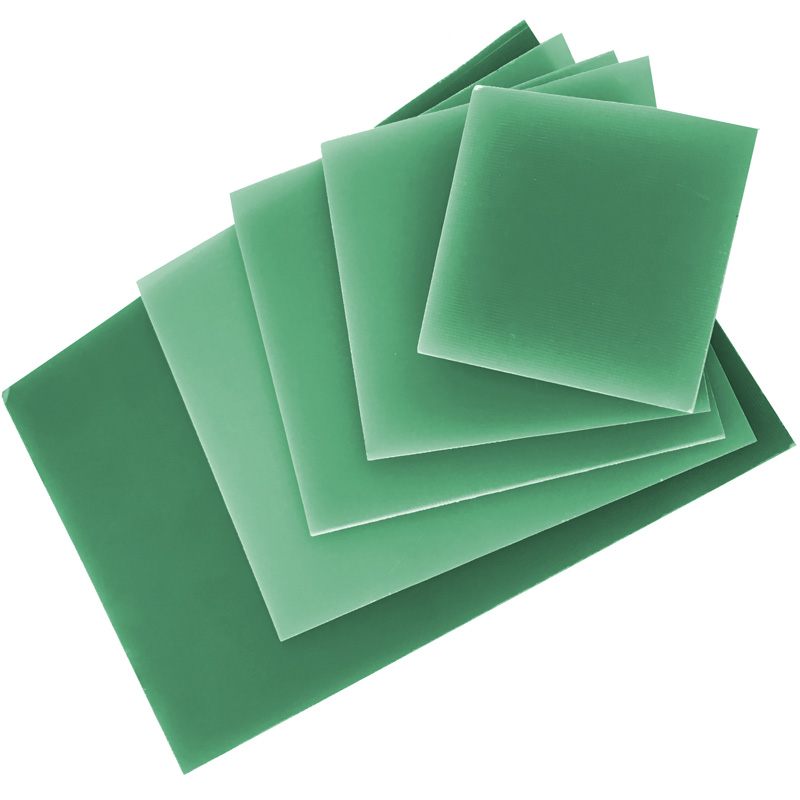1. Insulation resistance and resistivity
Resistance is the inverse of conductance, and resistivity is the resistance per unit volume. The smaller the conductivity of the data, the greater its resistance. The two have an inverse relationship. For insulation data, the resistivity is always as high as possible.
2. Relative permittivity and dielectric loss tangent
Insulation data are used for two purposes: the insulation of each component of the electrical network and the capacitor's dielectric (energy storage). The former requires a small relative permittivity, the latter requires a large relative permittivity, and both require a small dielectric loss tangent, especially for insulation materials applied at high frequencies and high voltages. In order to reduce the dielectric loss, they are required to be selected Insulation material with small dielectric loss tangent.

3. Breakdown voltage and electrical strength
In a certain strong electric field, the insulation data is damaged, and the loss of insulation function becomes a conductive state, which is called breakdown. The voltage at breakdown is called the breakdown voltage (dielectric strength). Electrical strength is the quotient of the voltage between the voltage at the time of breakdown and the two electrodes receiving the applied voltage under specified conditions, which is also the breakdown voltage accepted per unit thickness. In terms of insulation materials, the higher the breakdown voltage and electrical strength, the better.
4. Tensile Strength
It is the tensile stress that the specimen receives during the tensile test. It is the most widely used and representative experiment for the mechanical function experiments of insulation materials.
5. Burning resistance
Refers to the ability of insulating materials to burn when touching a flame or to prevent continued burning when they escape from a flame. With the increasing expansion of the application of insulation materials, the requirement for its resistance to incineration is more important. People have improved and improved the resistance to incineration of insulation materials through various means. The higher the incineration resistance, the better its safety.
6. Arc resistance
The ability of an insulation material to withstand arcing effects along its surface under specified experimental conditions. In the experiment, a high-voltage alternating current and a small current are used to determine the arc resistance of the insulation material by the time required for the conductive layer to form on the surface of the insulation material by the arc effect generated between the two electrodes at a high voltage. The larger the time value, the better the arc resistance
Contact us to learn more about insulation products such as Insulating Epoxy Glass Sheet,Insulation Parts FR4 G10 Transformer Skeleton.